Pervaiz Shallwani: Creator of the Chaat Dog in New York City
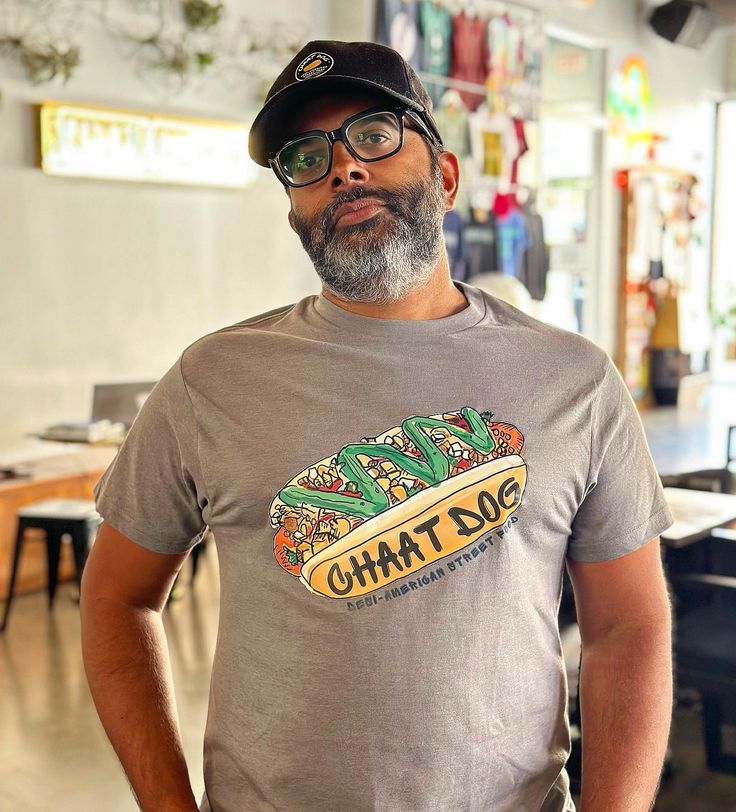
Meet Pervaiz Shallwani. He is the creator of the Chaat Dog in New York City. Pervaiz is Pakistani-American, a leading ex-CNN journalist, and trained chef from the French Culinary Institute.
Chaat Dog is an ode to his younger self: An all-beef desi chaat that gets busy in a ghee-toasted bun. It is a desi-American mashup of Pervaiz’s own childhood in Chicago and his Pakistani Heritage.
Pervaiz is also the writer and creator of Stinky Lunch Kids Strike Back – his platform to recognise how immigrant kids are actually the ones creating food culture today, despite their humble beginnings in the elementary school cafeteria.


How Chaat Dog Came About
Pervaiz conceptualised Chaat Dog after his wife and he won the hotdog competition at their friend’s birthday cookout. They knew then that they had a winning concept on their hands. Fast-forward to today, they do about ten to 15 pop-ups every month!
Pervaiz says, “Chaat Dog is my way to strike back. As a Stinky Lunch Kid, I say that this food IS American food. Most American food is actually immigrant food… the Frankfurter came to the United States in 1860, after which, in the 1880s, it made its way to the streets of New York City. What we know as American Food was brought over by immigrants.”
Dave Hadley: Chef and creator of Samosa Shop in Denver, Colorado
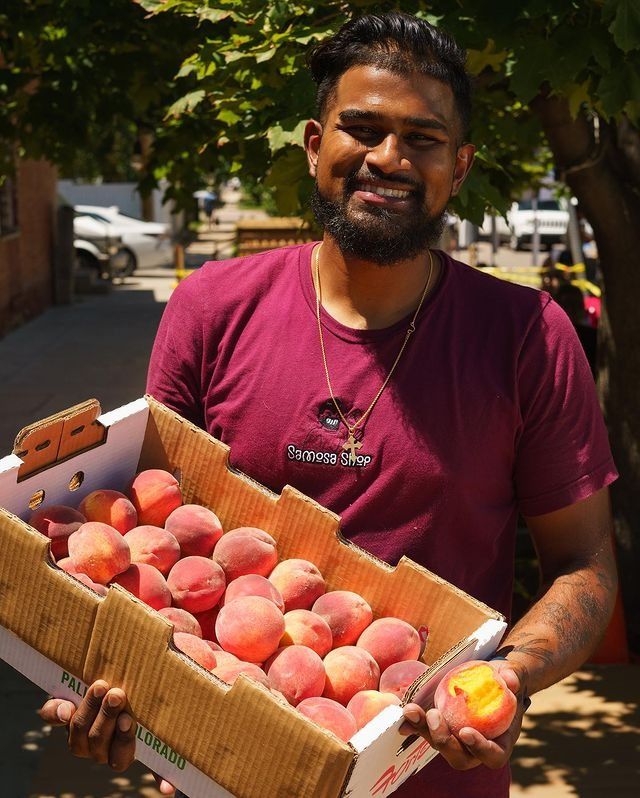
Dave is an accomplished culinary director, champion from Food Network’s Chopped, and a Jersey boy at heart. With his mom hailing from Kerala and dad from St. Vincent, Dave’s Samosa Shop is an ode to his cultural journey with chef-driven samosas.
Samosa Shop is renowned for its prized fusion versions of popular snacks. Think Butter Chicken Doubles, Chicken Vindaloo Birria Tacos, and unconventionally delicious samosas which are reminiscent of the chef’s childhood, such as Chopped Cheese, Philly Cheesesteak, and Mac n Cheese.
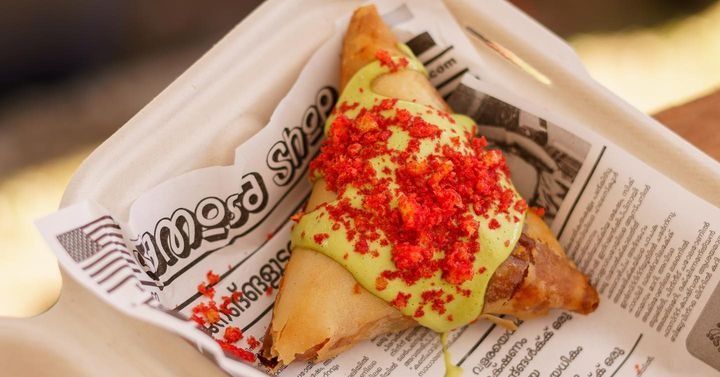
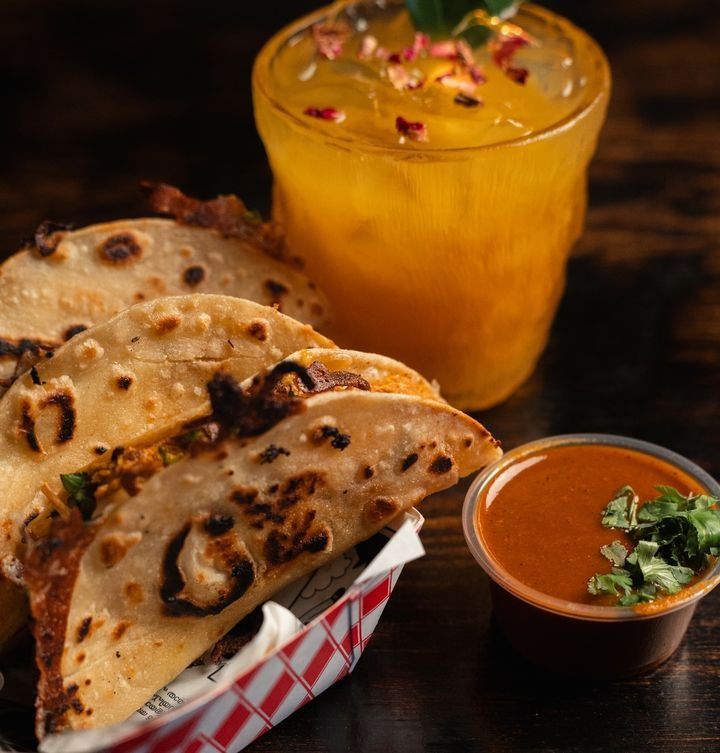

How Samosa Shop Started
As a young boy, Dave had a dream of owning a chai and samosa cart. His culinary journey had him work under prestigious chefs, and he had a degree from the Culinary Institute of America. He found his way back to the chai and samosa game during the pandemic, a time when food became a symbol of hope for the community. On the request of local chefs and politicians who missed his memorable curries, he’s since brought his cooking to the masses with his next-level samosas.
Chef Dave says, “I want to show people how awesome Indian food can be. This cuisine is about breaking the mould when you aren’t Indian enough or white enough. I cook what I want my friends to eat when they come to the bar.”
Chef Dave is on to do great things. Watch this space.
Gunjan Aylawadi: Owner, Restaurateur, and Culinary visionary behind the award-winning Flyover Fritterie in Sydney, Australia

An industrial designer by trade, skilled in Arabesque geometry and craftsmanship, Gunjan believes in letting the organic nature of materials shine. The food at Flyover mirrors this exact philosophy.
Flyover Fritterie is an ode to the no-name food stands under road bridges in India, also known as flyovers. Creativity and new trends get a lot of attention in our society, but there is something very special about dedication and consistency in street food. At Flyover, the team pays homage to unsung Indian street food heroes who’ve dedicated their craft to refining the same family recipes day after day, decade after decade. The images on the walls of Flyover are created by a local artist and are all line drawings that eschew faces in favour of capturing the act of cooking or eating. It celebrates makers who aren’t known by their names, but rather by what they make best, and where they set up shop.
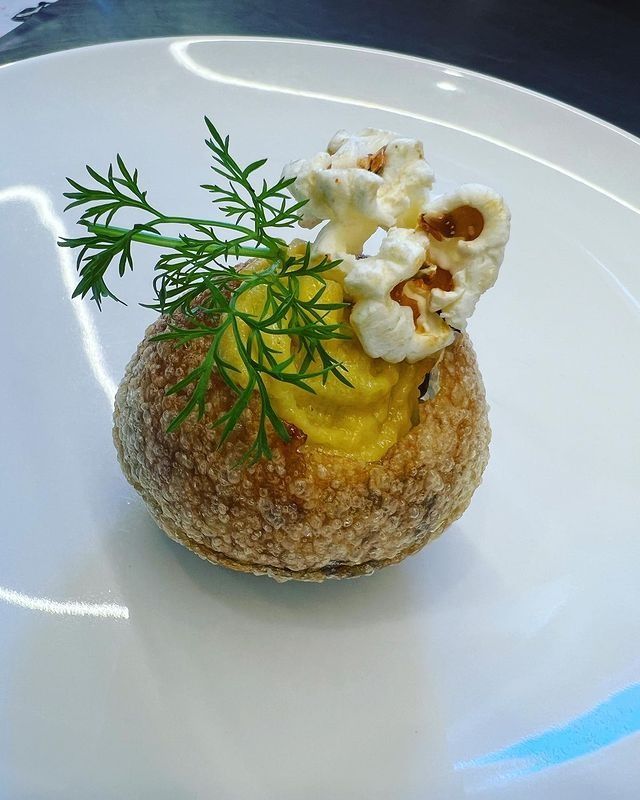

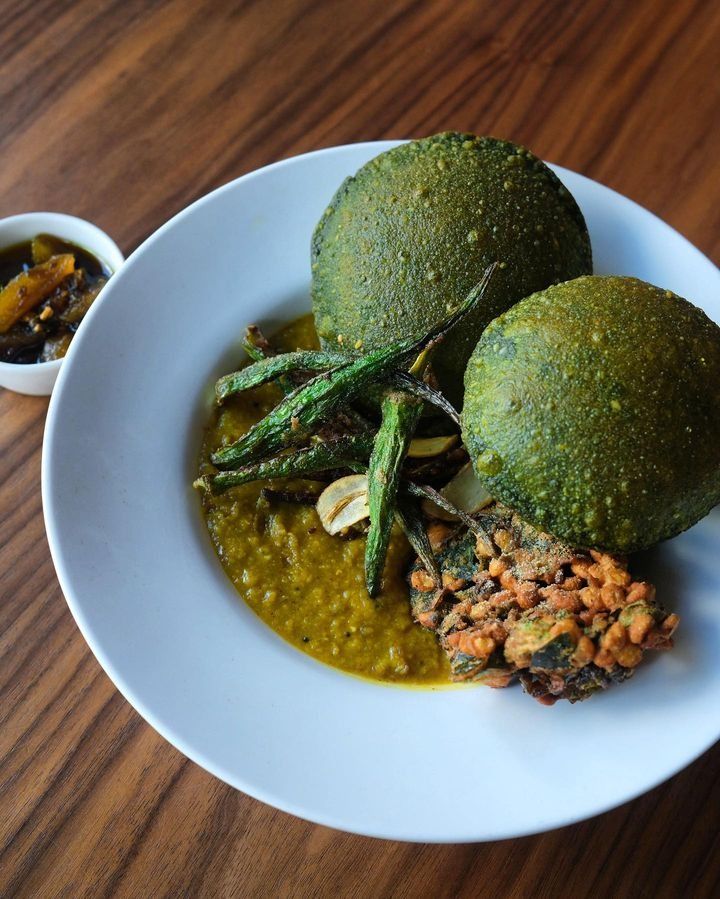
How Flyover Started
Flyover began nearly eight years ago as a humble market stall where Gunjan specialised in onion bhajis. It was a way to bring to Sydney what she missed most – the street carts and eateries nestled under flyovers in Delhi. When she described these places to friends it involved giving directions like, “Take a left from ABC Flyover, after ten metres, take a right turn. On the corner is a guy who sets up shop between 5pm and 6pm and serves the best XYZ you will ever eat. Oh, you must go and try it!” She wanted to recreate that sense of place and passion.
Gunjan says, “While growing up, embracing local, seasonal eating was a part of life… as is the case with most Indian households. When we design our menus, the first consideration is always the availability of fresh produce at the markets. We then deliberate on the role each ingredient plays in a dish. For instance, pomegranate is a big ingredient in chaat in Delhi. It provides an excellent sweet-sour pop with every bite, making the crunchy things it speckles taste fresh and light. Some local varieties of grapes in Sydney do the same, so the substitution just follows from there. Cherry tomatoes are also fantastic here in Australia, so we use them instead of regular tomatoes for our Corn Bhel Puri. We recently experimented with swapping regular mint with Vietnamese mint in the pani for pani puri. It adds a slight bitterness which complements the sweetness of chutneys very well and makes for a unique pani puri experience, which celebrates the essence of both Indian and local Australian food traditions.

